|

Sri Lanka

Today at Colombo
|
Spice up your live....
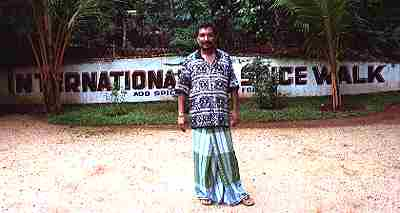
By International Spice Walk
Palapathwala, Matale, Sri Lanka
Chilli
is an erect, branched, shrub-like herb with bruits used as garnishing and flavouring in
Sri Lanka's dishes. There are many different species. All contain capsaicin, a
biologically active ingredient beneficial to the respiratory system, blood pressure and
heart. Other therapeutic uses include being a stomachic, carminative and antiflatulence
agent, and digestant.
|
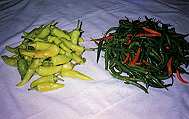
|
|
Garlic
is an annual herbaceous plant with underground bulbs comprising several cloves. Dried
mature bulbs are used as a flavouring and condiment in the Ceylonese cuisine. The bulbs
contain 0.1 to 0.36% garlic oil and organic sulfur compounds. Therapeutic uses are as
antimicrobial, diaphoretic, diuretic, expectorant, antiflatulence and cholesterol lowering
agents. |
| Pepper
is a branching, perennial climbing plant from whose fruiting spikes both white and black
pepper are obtained. Used as a spice and condiment. Pepper contains 2 to 4% volatile oil.
Therapeutic uses are as carminative, antipyretic, diaphoretic and diuretic agents. |
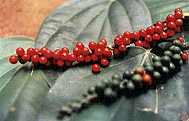
|
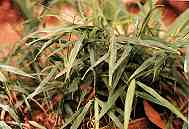
|
Ginger
is an erect plant with thickened, fleshy and aromatic rhizomes. Used in different forms as
a food, flavouring and spice, Ginger rhizomes contain 1to 2% volatile oil. Ginger's
therapeutic uses are as acarminative, antinauseant and antiflatulence agent. |
| Tamarind |
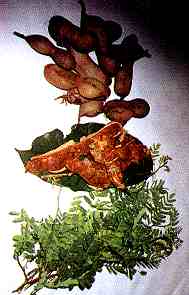
|
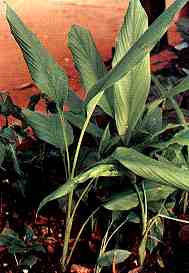
|
Turmeric
is a member of the ginger family, and provides yellow colouring for Sri Lanka's food. The
rhizomes contain 3 to 4% volatile oil with unique aromatic characteristics. Turmeric's
therapeutic properties manifest as a carminative, antiflatulence and stomachic. |
| Mustard |
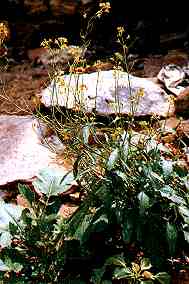
|
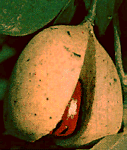 |
Nutmeng |
| Clovetree |
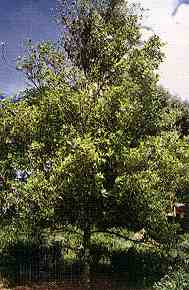
|
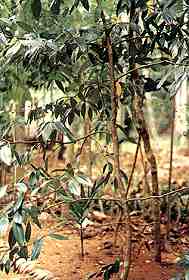
|
Cinnamon |
| Vanilla |
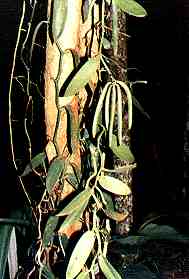
|
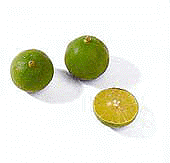
|
Lime is
used principally as a garnish for fish andmeat dishes. The fruit contains Hesperidin and
Naringin, scientifically proven antiinflammatory flavonoids. Lime juice is used as an
appetiser, and has antitussive, antiflu, stomachic and anticorbutic properties. |
|